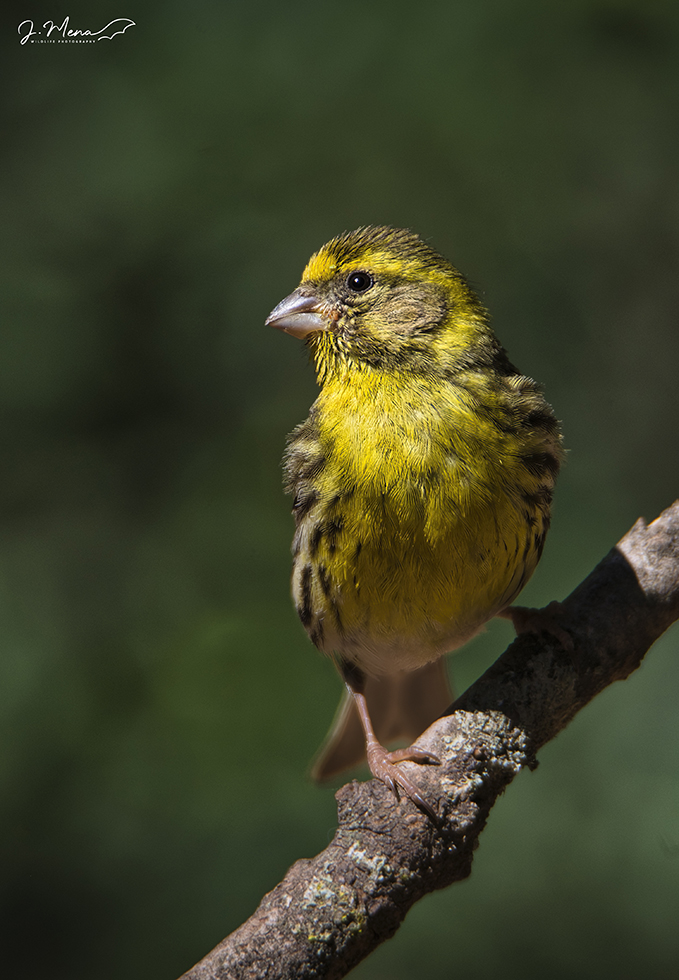Serinus serinus
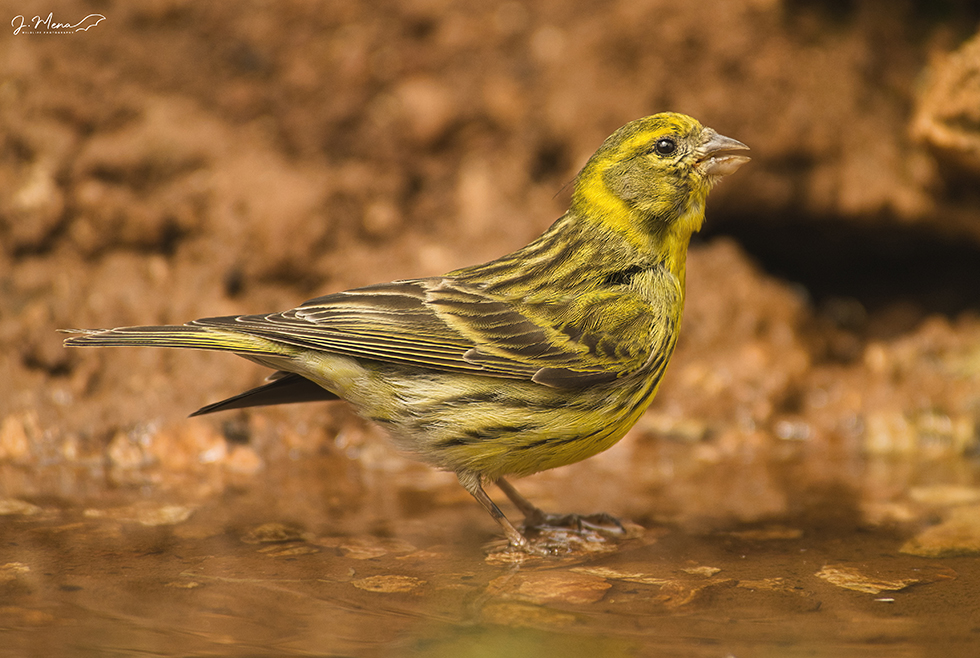
The European serin Serinus serinus is a passerine bird of the Fringillidae family, of which at 11-12 cm it is the smallest species. Stocky in appearance with a short, conical beak.
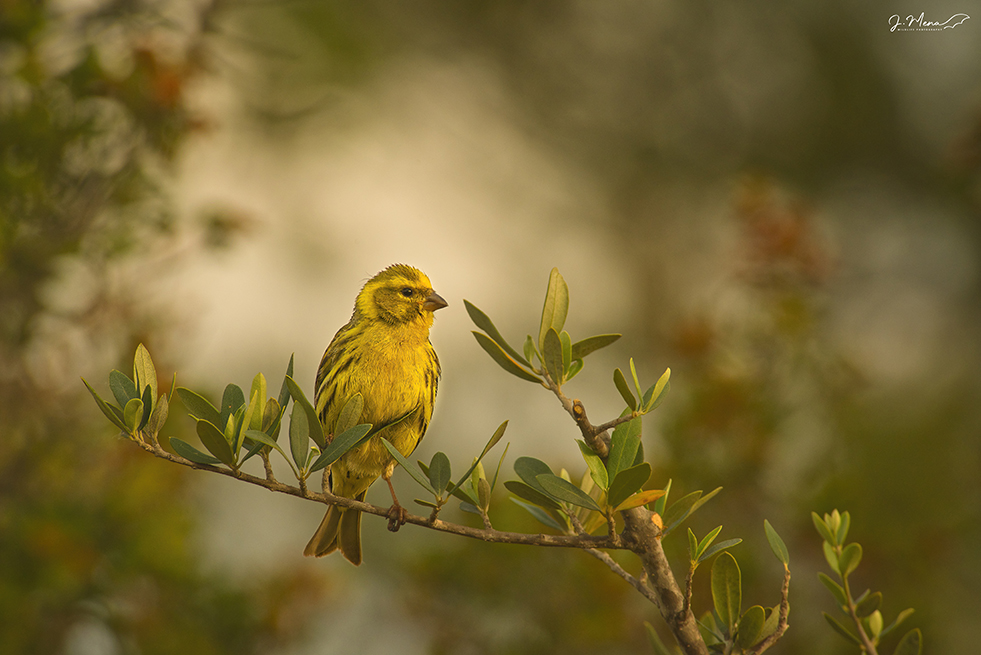
The feathers of the adult male are greenish, with darker streaks on the back, wings and tail, as well as on the inside of the head and sides. Those on the forehead have a yellowish color, as do the eyebrows and some of the neck, as well as the throat, chest and rump, although in this area the tone is more vivid. The females are somewhat smaller and the color of the plumage is not as bright, where, for example, the yellow tones are missing, and the back is brownish, with the chest and central area grayish.

The European serin resides in most of Europe, northern Africa and western Asia, being a resident species in the Mediterranean basin, while in the north it lives only during the breeding season.
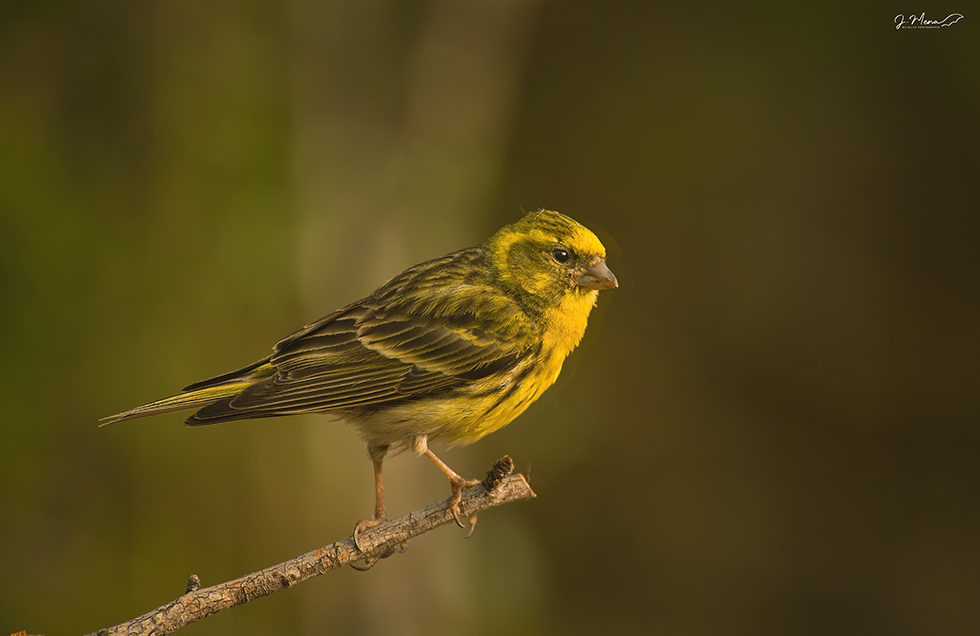
It settles equally in a forest as in a park or garden; in open environments with scattered trees, fruit orchards, crop areas, meadows. It is sometimes seen mixed with herds of European goldfinches and also with Common linnets, House sparrows… looking for radish seeds and the fruits of annual plants, trees and bushes. However, in spring they complement their granivorous diet with the capture of invertebrates and worms, especially during the breeding season, especially when they are feeding the chicks.
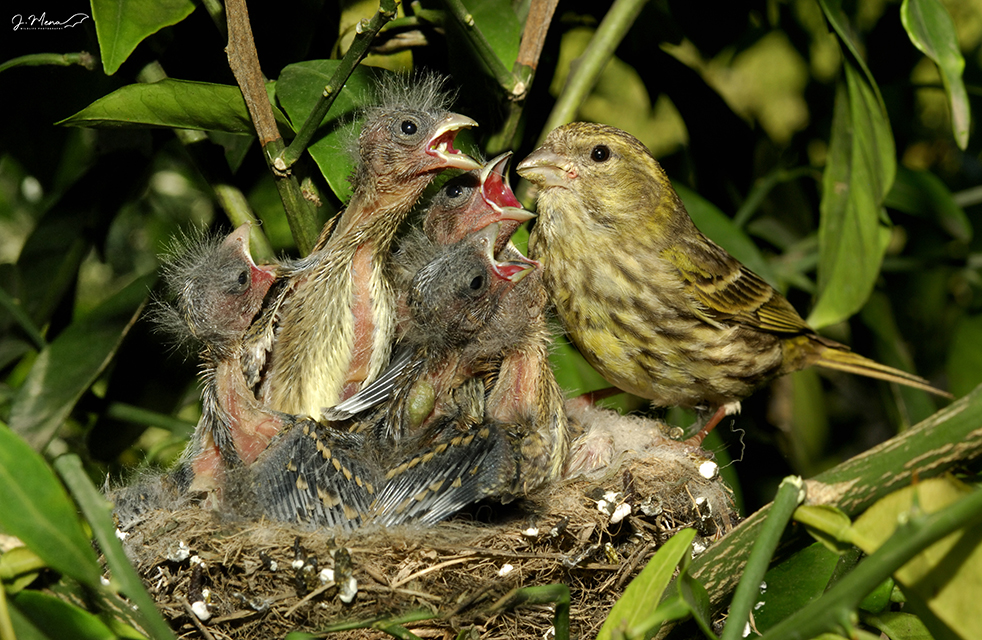
The rut begins at the end of winter, lasting until June, where the males display themselves by singing tirelessly on the highest twigs of the trees. Then you can see their acrobatic flight, slow and slow, which is very similar to that of butterflies with quick turns and cuts, in order to attract the females. This nuptial flight is very different from the one they perform the rest of the year, where their movements They are faster and have more direct, long and undulating trajectories. It makes its nest in bushes and trees with grasses, cobwebs and lichens. It can lay up to three clutches of about 4 eggs per season since incubation lasts about 14 days and the juveniles fly in just 15 days.

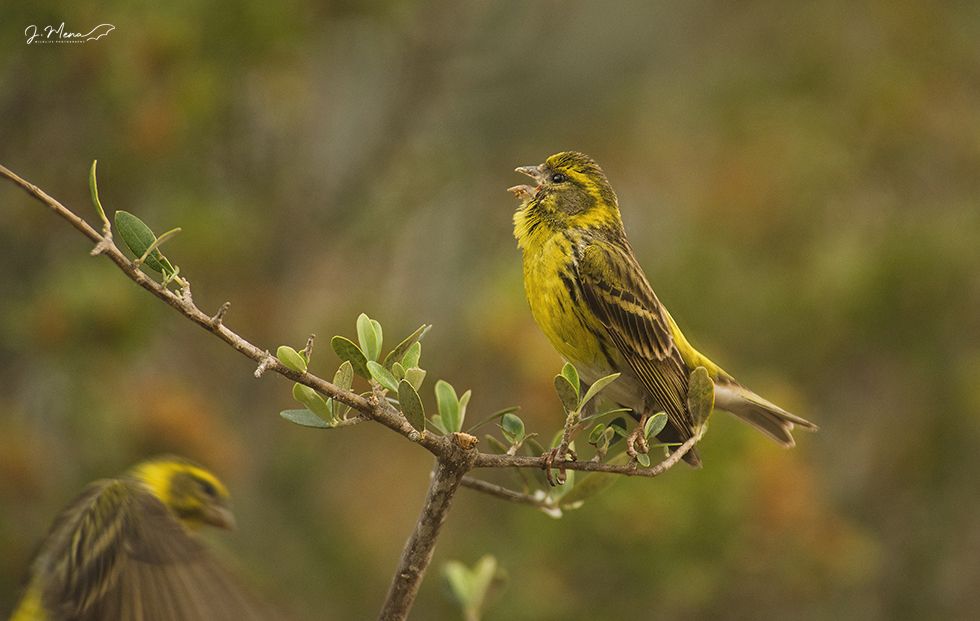
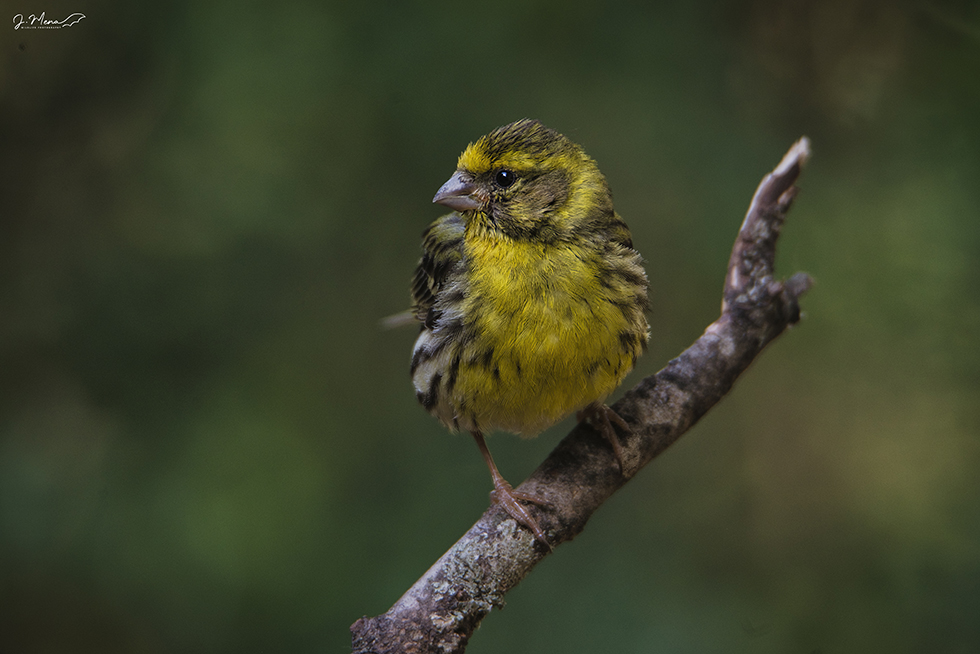
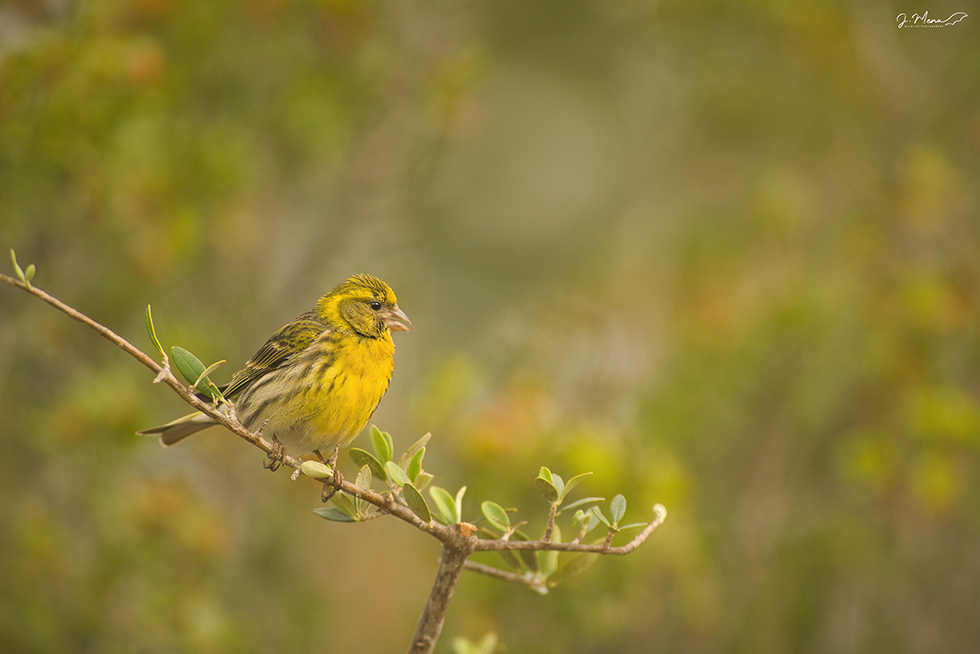
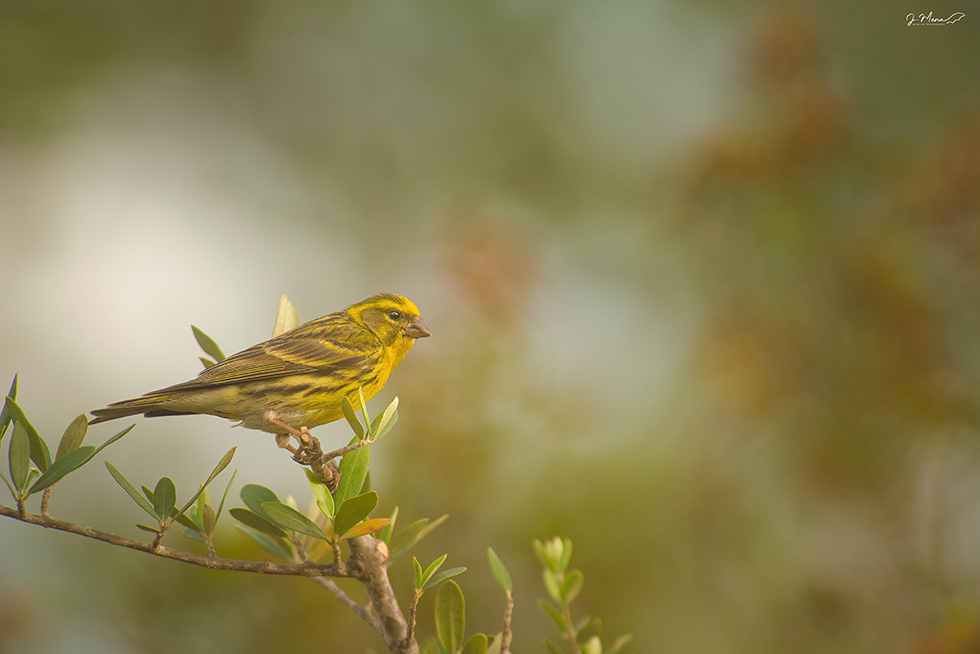
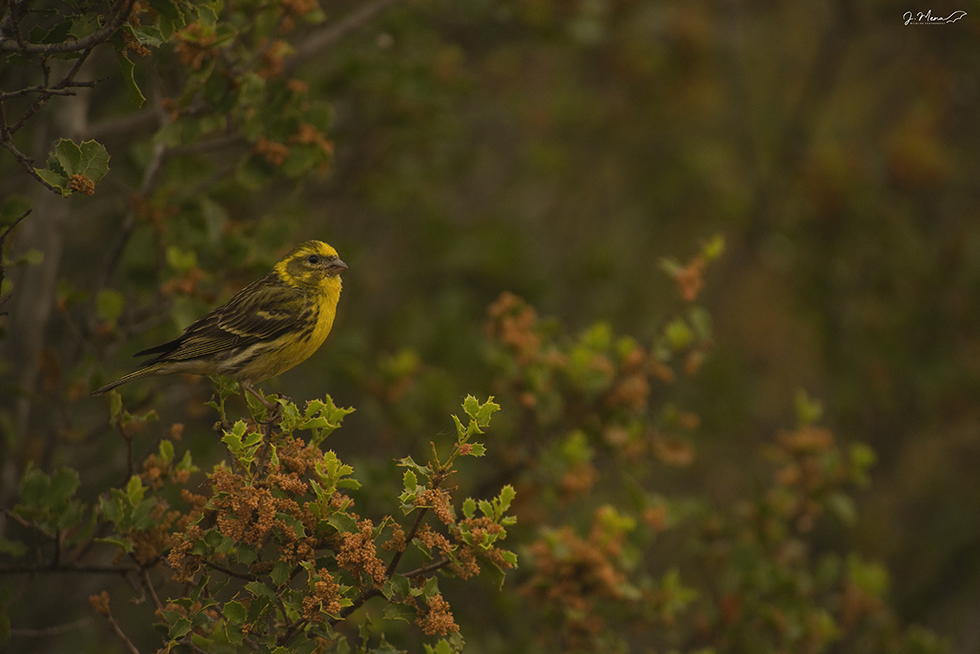
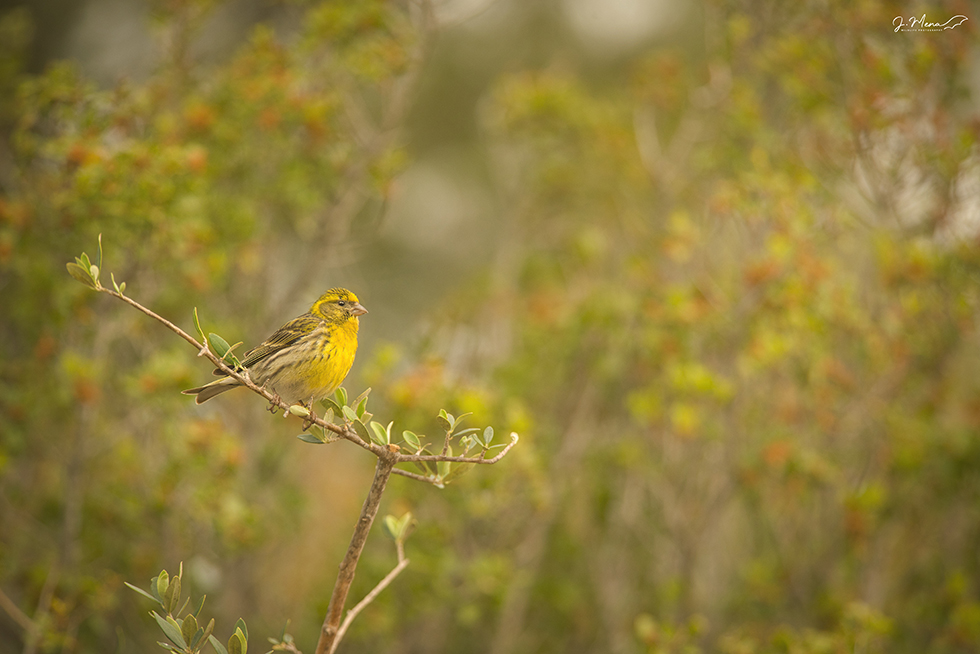
Resultado de traducción
playing your song:
